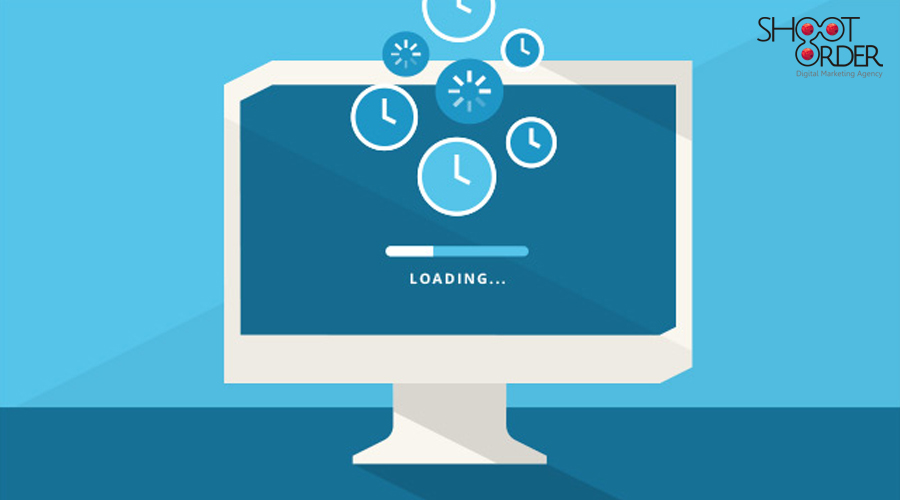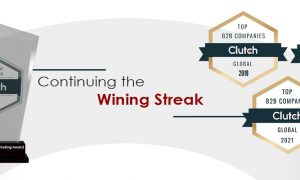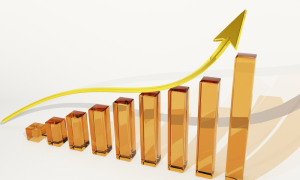Wondering why in spite of doing aggressive link building there seems to be no improvement in your page rankings, even after writing the most linear code and hitting the right notes In technical SEO. Well here is what you could be missing. Page speed otherwise known as page load time is a measurement of how fast the content on your page loads. Page speed is quite often confused with “site speed,” which is, in fact, the page speed for a sample of page views on a site. Page speed is mostly described in either “page load time” that is the time it takes to fully display the content on a specific page or “time to first byte” Which is how long it takes for your browser to receive the first byte of information from the web server. A faster page speed can do wonders to your website and faster pages always rank higher and convert better.
Here are some ways to increase your page speed and achieve faster rankings
Enable code compression
Use code compression software applications like bzip2, Gzip, 7-Zip for file compression, these can help reduce the size of your CSS, HTML, and JavaScript files that are larger than 150 bytes.
Also keep in mind not use gzip on image files. Instead, you can compress these in Photoshop or other image processors where you can control the quality of the image.
Optimizing your code
By minifying CSS, JavaScript, and HTML (By removing spaces, commas, and other unnecessary characters in your code), you can expect to dramatically increase your page speed. Also try and remove code comments, formatting, and unused code. Typically Google recommends using YUI Compressor for both CSS and JavaScript.
Reduce 301 and other redirects
Every time your page redirects to another page, your visitors can experience additional time waiting for the HTTP request-response cycle to complete in order to access your website. Additional redirects can make your page load slower.
Leverage browser caching
Browsers can cache a lot of information such as stylesheets, images, JavaScript files, and more. All this so that when a visitor comes back to your site, the browser don’t have to reload the entire page again instead they just pull out the cached data. Try setting your “expires” header for the duration you want that information to be cached. In that case, unless your site design changes frequently, updating your website once a year is a reasonable time period.
Enhance server response time
The server response time is also affected by the amount of traffic you receive every day, the resources that each page uses, the software your server runs on, and the hosting solution provider you use. In order to improve your server response time to improve page load time, you will have to look for performance hurdles like slow database queries, slow routing, or a lack of adequate memory and fix them ASAP. The optimal server response time is usually under 200ms.
Use a content distribution network
Content distribution networks (CDNs) commonly called as content delivery networks are networks of servers that are mostly used to distribute the load of delivering content acting like a load balancer. Copies of your website are stored at multiple, geographically diverse data centers enabling users to have faster and more reliable access to your website thereby reducing page load time in SEO.
Optimize images
Images are the components of a website that bring life to it, In order to achieve lesser page load speeds make sure that your images are no larger than they need to be and are in the right file format (PNGs are known to be better for graphics with fewer than 16 colors while JPEGs are generally better for photographs) and finally that they are compressed for the web.
Finally some SEO Best Practices
Google has set a few ground rules on page load time in SEO that is site speed and it’s extension page speed since it is one of the primary directives in its algorithm to rank pages. And it has been indicated that Google might be specifically measuring time to the first-byte method to considers page speed. Also, a slow page speed will discourage search engines crawl and will lead to crawling fewer pages with their allocated crawl budget, and this could negatively impact your indexation and negatively affect conversions. Page speed is also important to enhance user experience. Pages with a longer load time will always tend to have higher bounce rates.
























